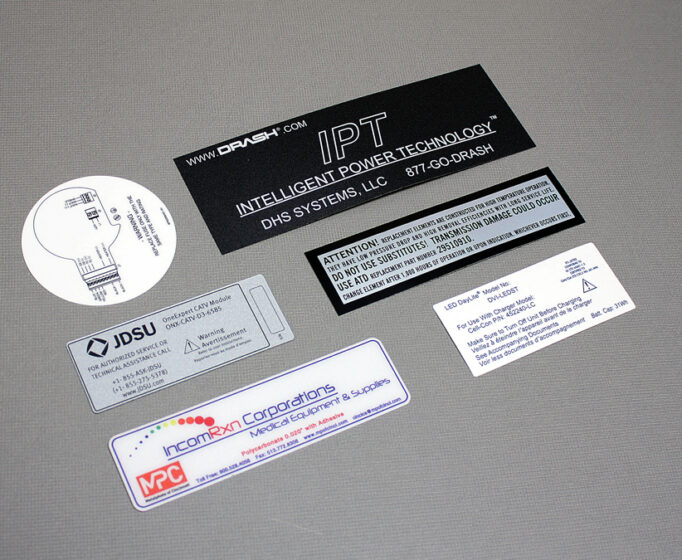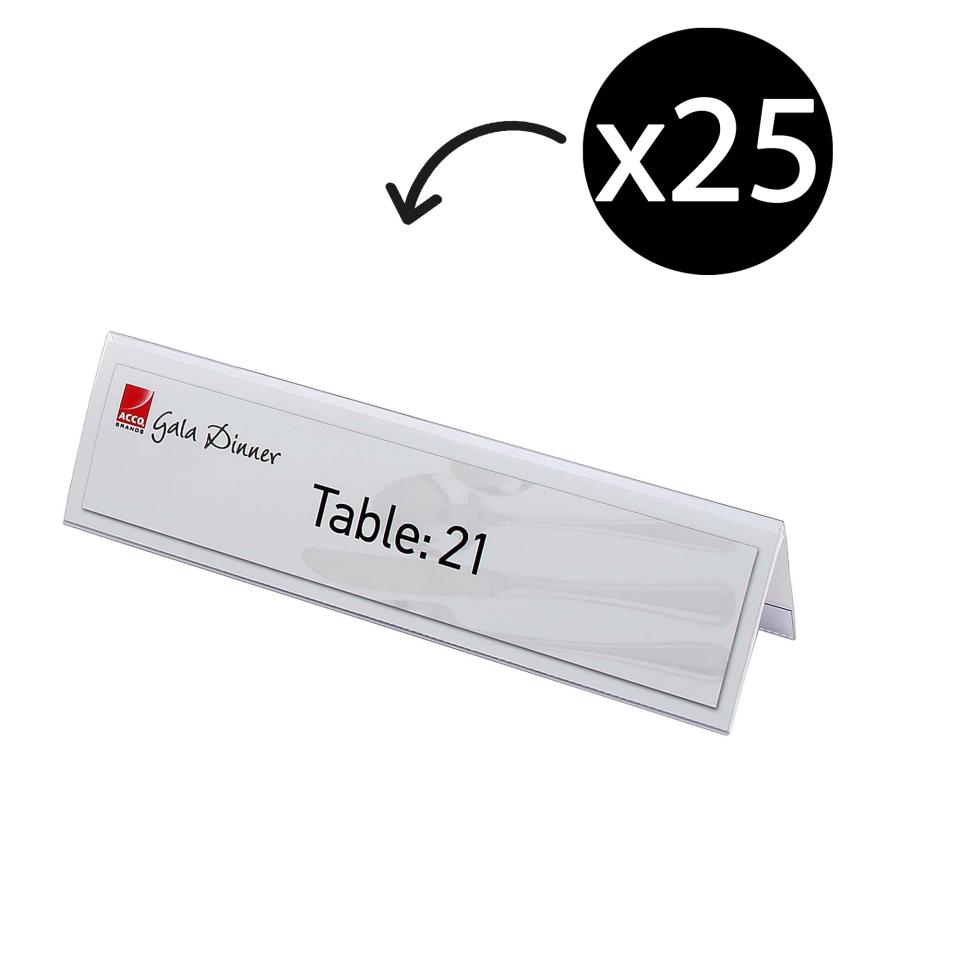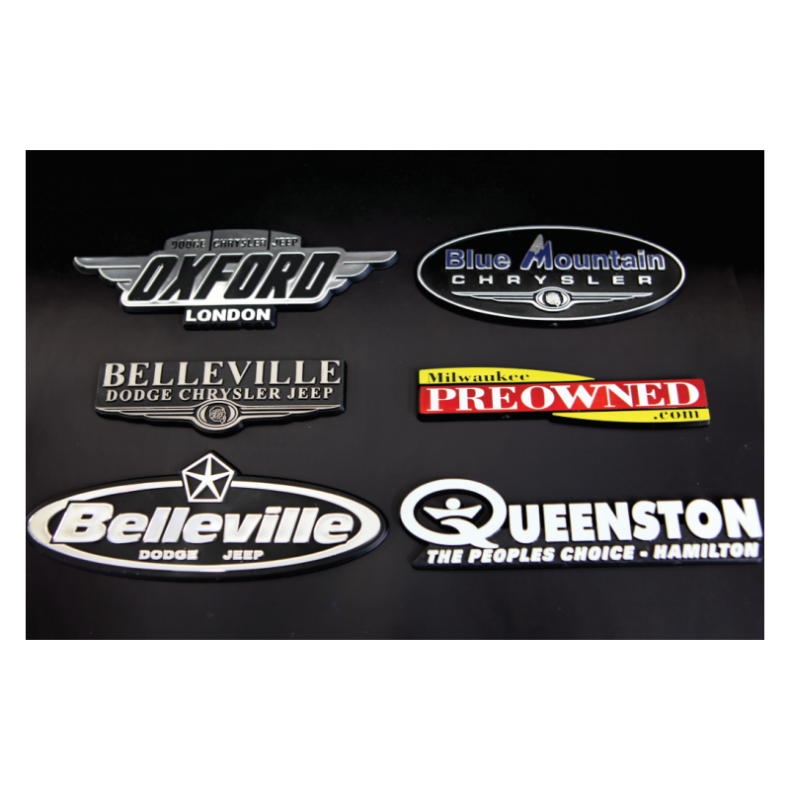How Plastic Nameplates Contribute to Lean Workflow and Productivity
How Plastic Nameplates Contribute to Lean Workflow and Productivity
Blog Article
Exactly How Plastic Nameplates Are Produced: A Comprehensive Guide to Their Manufacturing Process
The manufacturing of plastic nameplates involves a number of specific actions, beginning from the choice of ideal materials to the final complements. Each phase is important, ensuring the item meets particular demands for toughness and looks. Different production techniques play a substantial role in crafting these nameplates. Comprehending these procedures can clarify the intricacies behind what may feel like a simple item. What variables add to the quality and customization of these nameplates?
Recognizing Plastic Products Made Use Of for Nameplates

The Layout Process: From Idea to Model
The style procedure for plastic nameplates begins with a clear idea that guides the general development. Developers collaborate with customers to specify the purpose, style, and details demands of the nameplate. This first phase consists of conceptualizing sessions, sketching concepts, and selecting shades and font styles that line up with branding goals.Once the principle is developed, designers utilize computer-aided style (CAD) software application to create in-depth electronic depictions. These models enable visualization and modifications prior to progressing. Responses from stakeholders is integral during this stage, as it helps improve the layout to satisfy expectations.After finalizing the digital prototype, a physical model may be generated, frequently through techniques like 3D printing. This tangible depiction makes it possible for more analysis of appearances and functionality. Overall, the design process is a necessary action that lays the structure for the efficient manufacturing of high-grade plastic nameplates.
Reducing and Shaping the Plastic
In the cutting and forming stage of plastic nameplate manufacturing, the selection of products plays a vital function in identifying the end product's top quality and sturdiness (Plastic Nameplates). Different accuracy cutting strategies, such as laser cutting and CNC machining, guarantee that the plastic is formed with accuracy and consistency. This mix of careful product option and progressed reducing techniques is vital for creating high-quality nameplates

Product Choice Process
Picking the appropriate material is important for producing top quality plastic nameplates. Numerous types of plastics are offered, each offering unique advantages and features. Typical choices consist of acrylic, polycarbonate, and PVC. Polymer is favored for its clearness and UV resistance, making it optimal for outside applications. Polycarbonate, understood for its durability and impact resistance, appropriates for environments that need enhanced security. PVC is frequently picked for its cost-effectiveness and convenience in style. The option procedure additionally takes into consideration elements such as color, thickness, and surface coating, which can substantially affect the last appearance and functionality of the nameplate. Inevitably, the picked product needs to align with the intended use and aesthetic goals of the plastic nameplate.
Precision Cutting Techniques
While picking the suitable material prepares, precision reducing strategies play a vital function in shaping the plastic nameplates into their final types. Different techniques, consisting of laser cutting, CNC milling, and die cutting, are used to attain precision and uniformity. Laser reducing makes use of concentrated light to create tidy sides and detailed styles, perfect for intricate patterns. CNC milling provides flexibility by removing excess product with precision, accommodating various densities and forms. Pass away reducing, on the other hand, enables automation of consistent pieces, improving efficiency. Each method is selected based upon the style specs and the desired coating, making certain that the end product satisfies quality requirements and consumer assumptions while keeping resilience and visual appeal.
Printing Methods for Customization
Exactly how can makers accomplish specific and vibrant layouts on plastic nameplates? The solution depends on various printing techniques customized for personalization. Digital printing has gained appeal as a result of its capability to generate high-resolution pictures and intricate layouts directly onto plastic surface areas. This technique enables quick turn-around times and minimal configuration costs, making it optimal for brief runs and personalized orders.Screen printing remains one more commonly made use of strategy, particularly for larger quantities. It involves creating a stencil and using layers of ink, leading to abundant shades and sturdiness. UV printing, which utilizes ultraviolet light to heal the ink, is likewise effective, offering exceptional bond and resistance to fading.Additionally, pad printing provides versatility for irregularly designed nameplates, permitting thorough styles on difficult surfaces. These printing approaches allow manufacturers to meet diverse client needs while ensuring top quality and longevity in their plastic nameplate items.
Surface Therapies and Finishing Options

High Quality Control Actions in Production
Guaranteeing the highest possible requirements of high quality control throughout the manufacturing of plastic nameplates is necessary for keeping product stability and client fulfillment. Manufacturers apply strenuous examination protocols at various phases of the manufacturing process. Raw products undertake complete testing to validate they satisfy specifications for toughness and shade uniformity. During the molding stage, automated systems check parameters such as temperature level and stress to avoid defects.In enhancement, visual examinations are carried out to identify any type of surface area flaws or misalignments. As soon as the Resources nameplates are produced, they go through practical examinations, including attachment tests for published elements and cardiovascular test for toughness. Quality control teams often employ statistical tasting approaches to examine sets, seeing to it that any inconsistencies from criteria are without delay dealt with. This detailed technique not just enhances item high quality yet also promotes trust with customers, verifying the manufacturer's dedication to quality in every nameplate produced.
Packaging and Circulation of Finished Nameplates
The product packaging and distribution of completed plastic nameplates are critical action in ensuring they get to customers in excellent problem. Numerous product packaging products are picked to secure the nameplates throughout transportation, while delivering approaches are very carefully picked based on efficiency and cost-effectiveness. Additionally, efficient storage services are carried out to keep quality till the nameplates are provided.
Packaging Materials Utilized
When dispersing ended up plastic nameplates, picking ideal product packaging materials is necessary to assure their security throughout transit. Typically employed materials include bubble cover, foam padding, and cardboard boxes, all created to support the nameplates versus shocks and effects. Bubble wrap provides an adaptable barrier, while foam extra padding assurances that nameplates remain safely in place, minimizing the risk of scrapes or breakage. In addition, sturdy cardboard boxes are used to consist of the nameplates, providing architectural assistance and defense from external aspects. Tags might be related to show managing guidelines or fragile contents, better boosting safety during transportation. Generally, making use of high-grade product packaging materials significantly adds to the honesty and discussion of the ended up plastic nameplates upon arrival at their destination.
Shipping Approaches Utilized
Reliable circulation of completed plastic nameplates relies upon numerous shipping approaches that go guarantee safe and prompt delivery. Business frequently use courier services, products delivery, and post offices, depending upon the size, weight, and destination of the packages. For regional shipments, copyright solutions offer quick transit, making certain nameplates reach consumers quickly. For larger orders, products delivery is liked, making use of trucks or delivery containers to deliver mass quantities successfully. Postal solutions act as an affordable option for smaller sized deliveries, specifically for domestic deliveries. All shipping approaches focus on protective product packaging to stop damages during transportation. Tracking systems are likewise utilized to keep track of deliveries, providing customers with real-time updates and reassurance relating to the standing of their orders.
Storage Solutions Implemented

Regularly Asked Inquiries
What Kinds of Services Typically Use Plastic Nameplates?
Plastic nameplates are generally used by various businesses, consisting of workplaces, factories, colleges, and healthcare facilities. These nameplates offer vital features such as identification, details screen, and branding, adding to organizational effectiveness and specialist appearance across diverse settings.
Exactly how Lengthy Does the Entire Manufacturing Refine Take?
The production procedure period differs based upon complexity and quantity, typically varying from a couple of days to several weeks. Elements influencing this timeline include design authorization, material availability, and production techniques used by the company.
Can Plastic Nameplates Be Recycled After Use?
Plastic nameplates can be reused, supplied they are made from recyclable materials. The availability of reusing programs and local guidelines may influence their recyclability. Proper disposal techniques are vital to guarantee reliable recycling.
What Are the Ecological Impacts of Plastic Nameplate Production?
The ecological influences of plastic nameplate production include carbon emissions, source exhaustion, and contamination from manufacturing processes. Plastic Nameplates. Furthermore, incorrect disposal adds to plastic waste, adversely impacting communities and wildlife, highlighting the requirement for lasting methods
Are There Any Safety Worries With Plastic Nameplates?
Safety and security concerns relating to plastic nameplates mainly involve possible chemical direct exposure during manufacturing and the danger of materials degrading in time, which may lead to dangerous materials being released, affecting both human health and wellness and the setting. While numerous materials can be utilized for nameplates, plastic remains a preferred choice due to its flexibility and sturdiness. In the cutting and shaping phase of plastic nameplate production, the option of products plays a crucial function in figuring out the visit last product's quality and longevity. Selecting the ideal product is crucial for creating top quality plastic nameplates. While choosing the suitable product lays the groundwork, precision reducing methods play an essential duty in shaping the plastic nameplates right into their final forms. When dispersing completed plastic nameplates, picking proper packaging products is important to ensure their security throughout transportation.
Report this page